How to enable native social login for Shopify New Customer Accounts
If you’ve ever watched a shopper bounce at your signup form, you know the pain: nobody wants to create yet another password. That’s why social login — letting customers sign in with Google or Facebook — has become such a go-to.
The good news? As of August 2025, Shopify finally brought native social sign-in to its New Customer Accounts. No plugins or workarounds required. Just a clean, built-in option you can turn on from your admin.
What changed — and why it matters
In 2023, Shopify introduced New Customer Accounts. These replaced the old “legacy” system, swapping passwords for email codes or magic links, and moving everything into a sleeker, extension-based design. Great for usability, but one big gap: no social login.
Fast forward to August 2025, and that gap is gone. Shopify now supports native Google and Facebook sign-in for New Accounts. That means fewer clicks for customers, and less frustration for you.
Enabling social login (step by step)
Here’s how to set it up quickly and correctly.
Step 1: Open social sign-in in Shopify
- In your Shopify admin, go to Settings → Customer accounts.
- Under Authentication, you’ll see Google Sign-in and Facebook Sign-in.
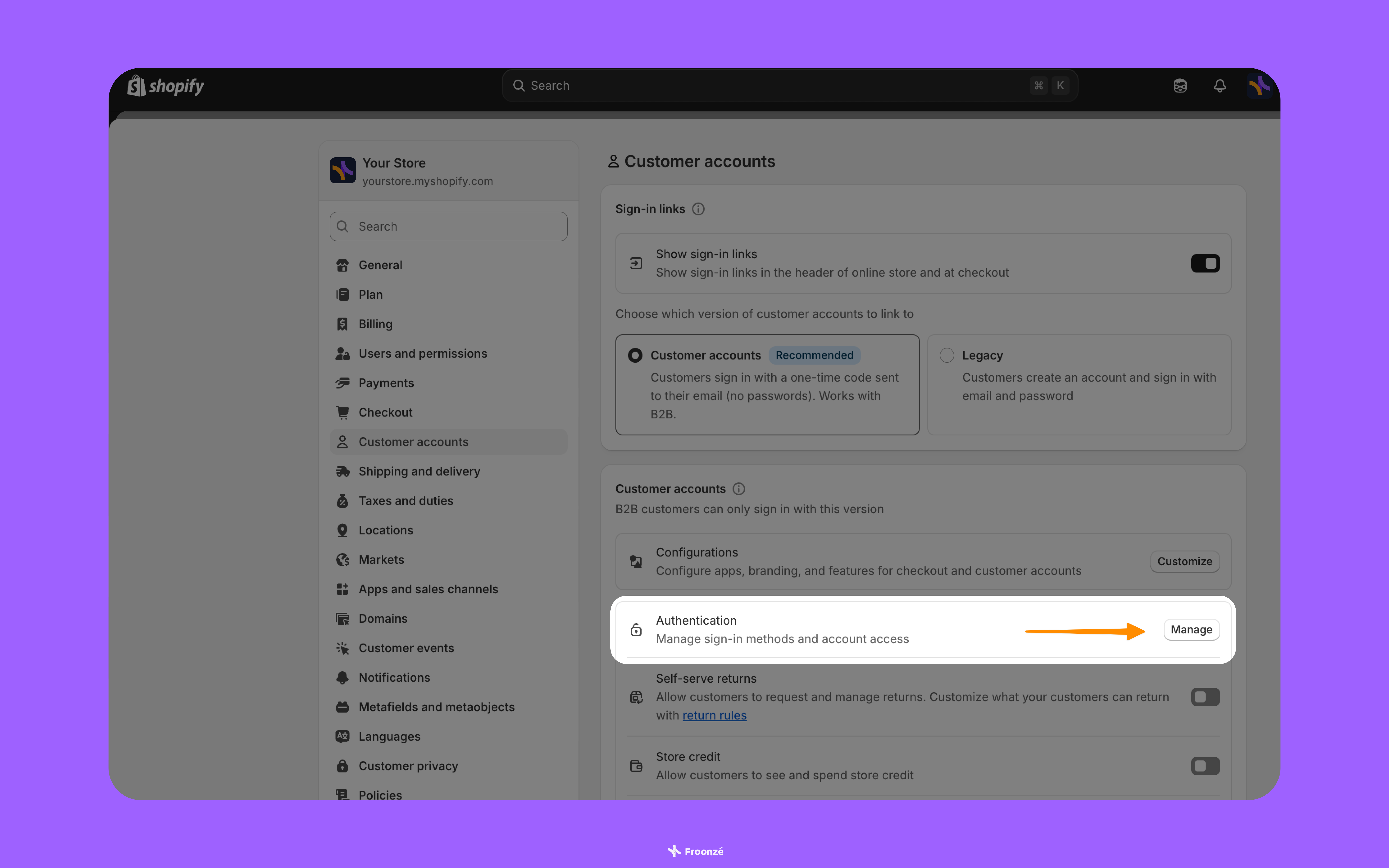
- Click Connect for the provider you want to enable. Keep this tab open — you’ll need the redirect URI Shopify shows you.
Step 2: Set up Google Login
- In your Shopify admin, click Connect next to Google Sign-in (keep this tab open).
- Open the Google Cloud Console and create a new project (or select an existing one).
- Go to APIs & Services → Enabled APIs & Services → click + ENABLE APIS AND SERVICES, search for Google People API, and enable it.
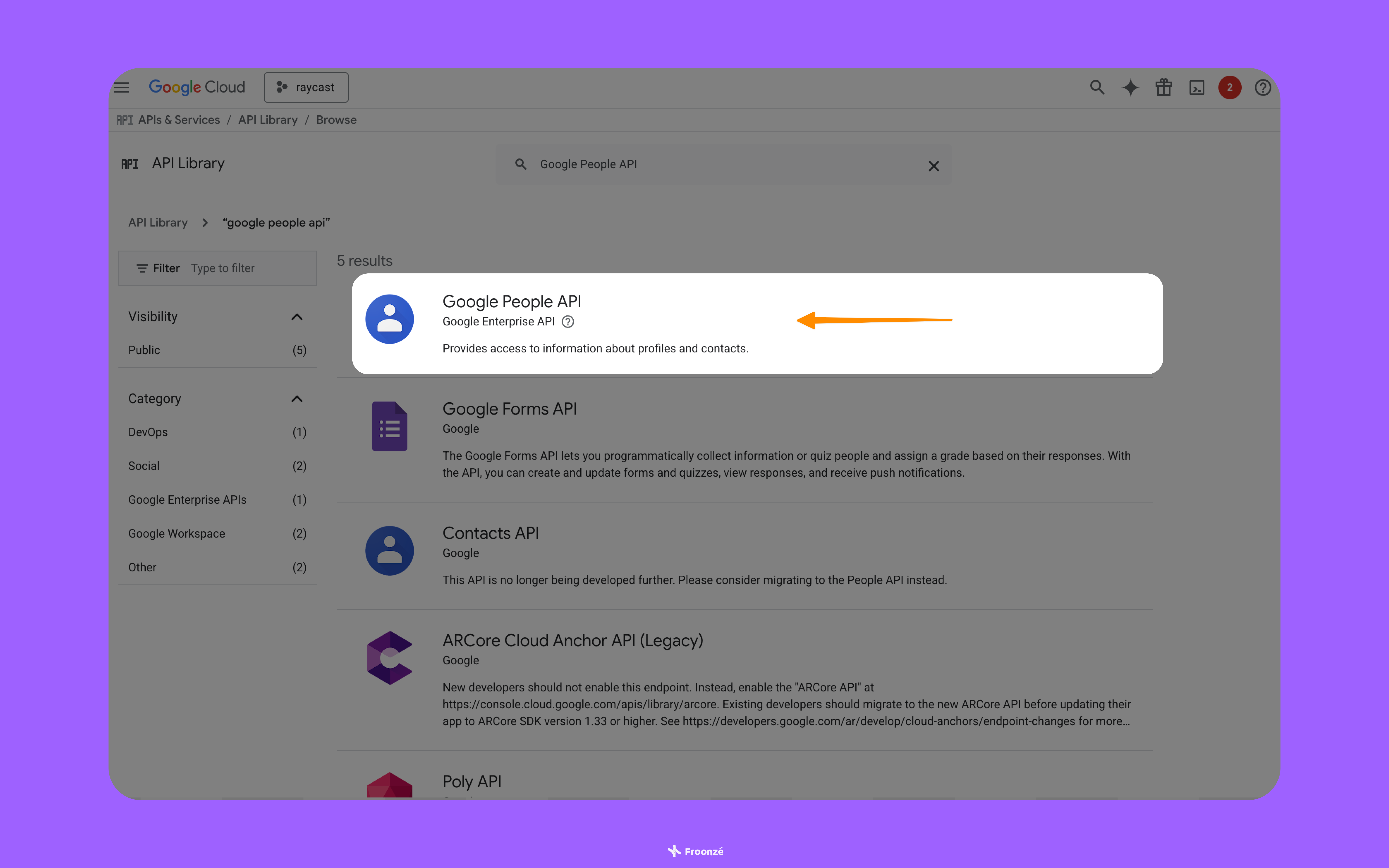
- Still in APIs & Services, open OAuth consent screen → fill in App name and support email → select External → add your contact email → save and finish.
- On the OAuth Overview page, click Create OAuth Client (in the Metrics section).
- For Application type, select Web application. Under Authorized redirect URIs, paste the URI shown in Shopify.
Click Create.
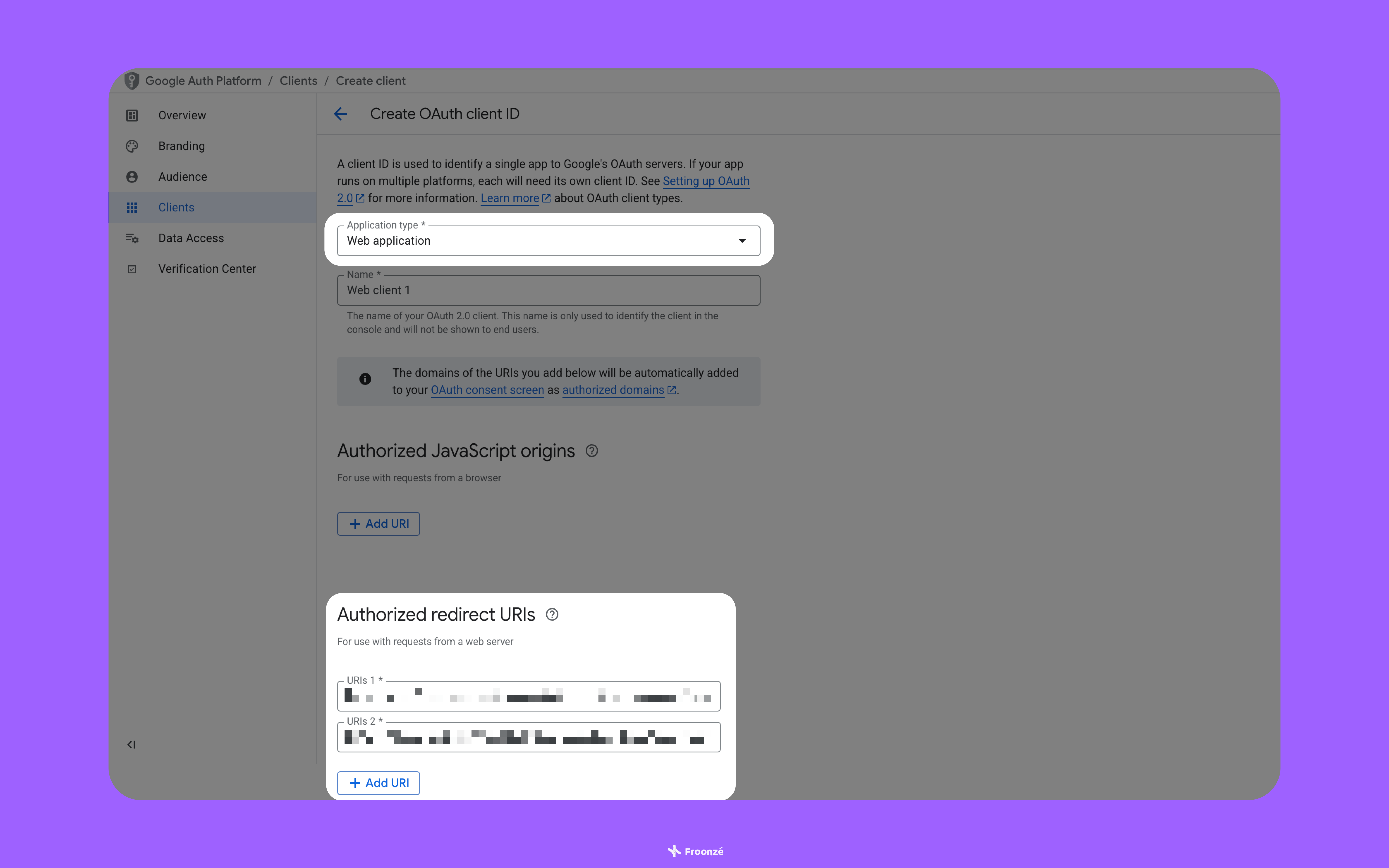
- In the new item under OAuth 2.0 Client IDs, click the pencil icon → copy the Client ID and Client Secret.

- Paste both into the Google Sign-in fields back in Shopify admin and click Save.
That’s it — Google Sign-in is live!
Step 3: Set up Facebook Login
- In your Shopify admin, click Connect next to Facebook Sign-in (keep this tab open).
- Open and log in to the Meta App Dashboard → click My Apps → + Create App.
- Enter an App name and contact email, then continue.
- On the Use cases screen, select Authenticate and request data from users with Facebook Login.
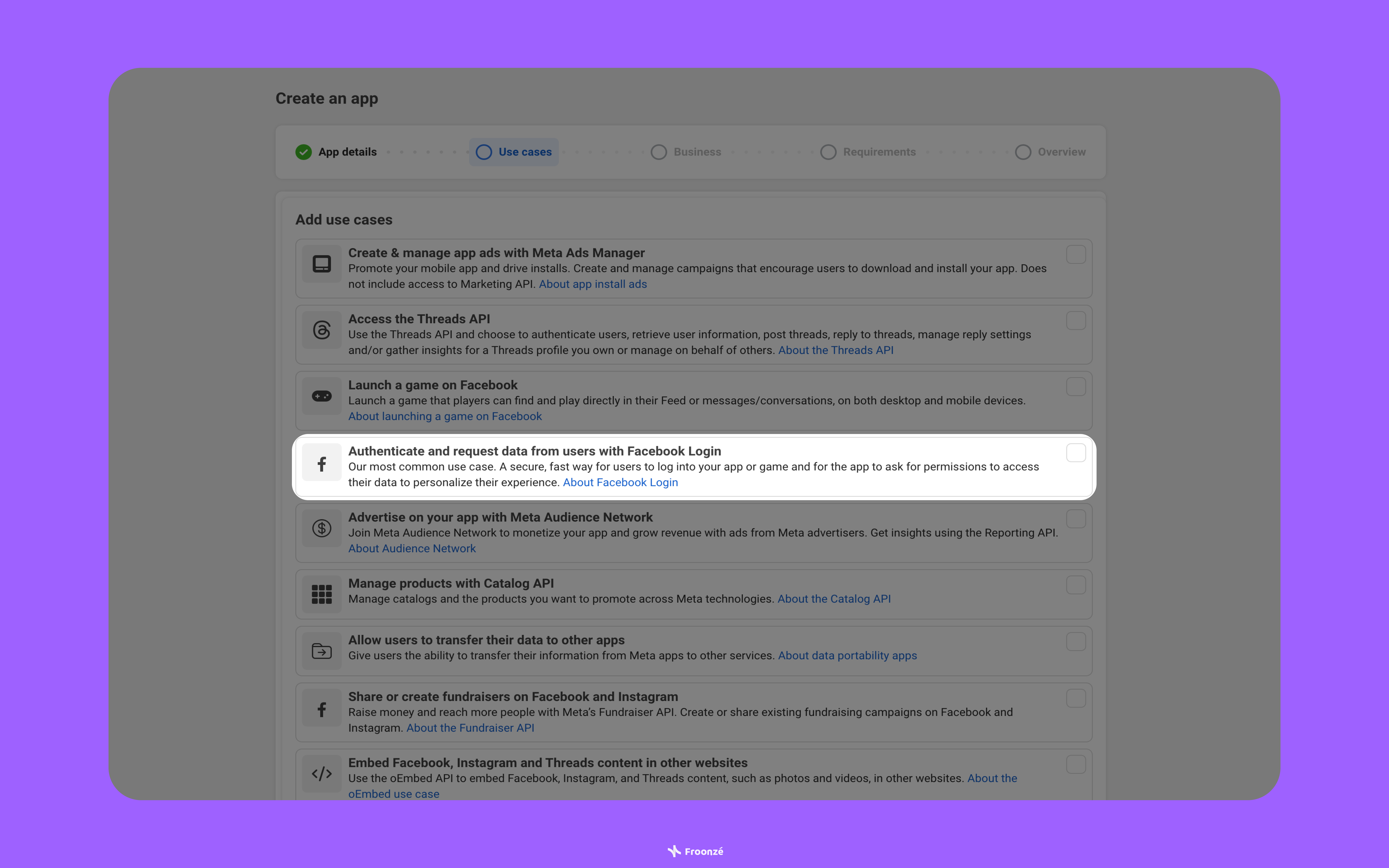
- In the dashboard, under App customization and requirements, click “Customize the...Facebook Login use case”.
- In the sidebar → Settings, paste the Redirect URI from Shopify under Valid OAuth Redirect URIs. Enable Web OAuth Login and Strict Mode.
- On Permissions and features, make sure public_profile (auto-granted) and email are enabled.
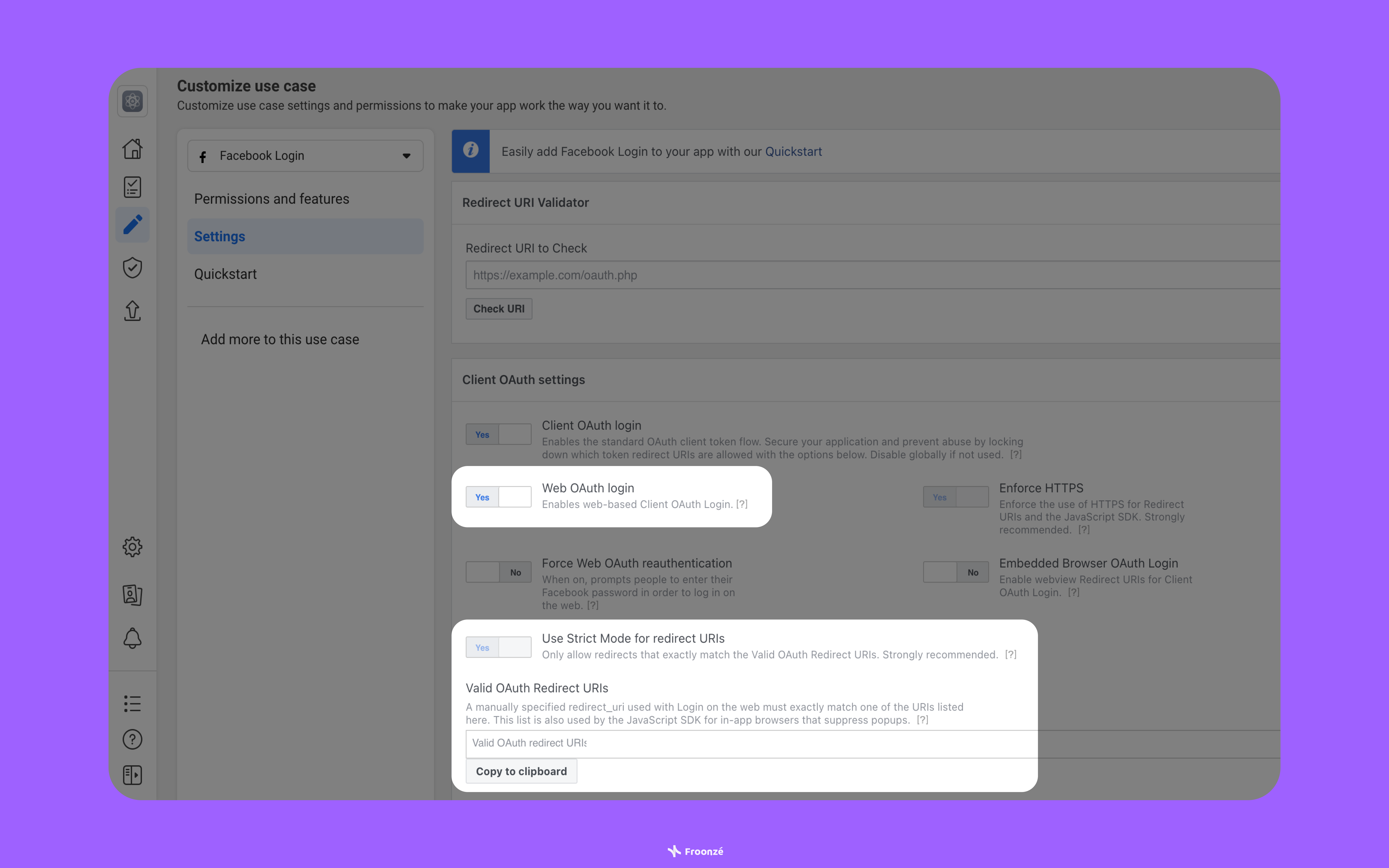
- In the sidebar, go to App settings → Basic → copy your App ID and click Show to reveal your App Secret.
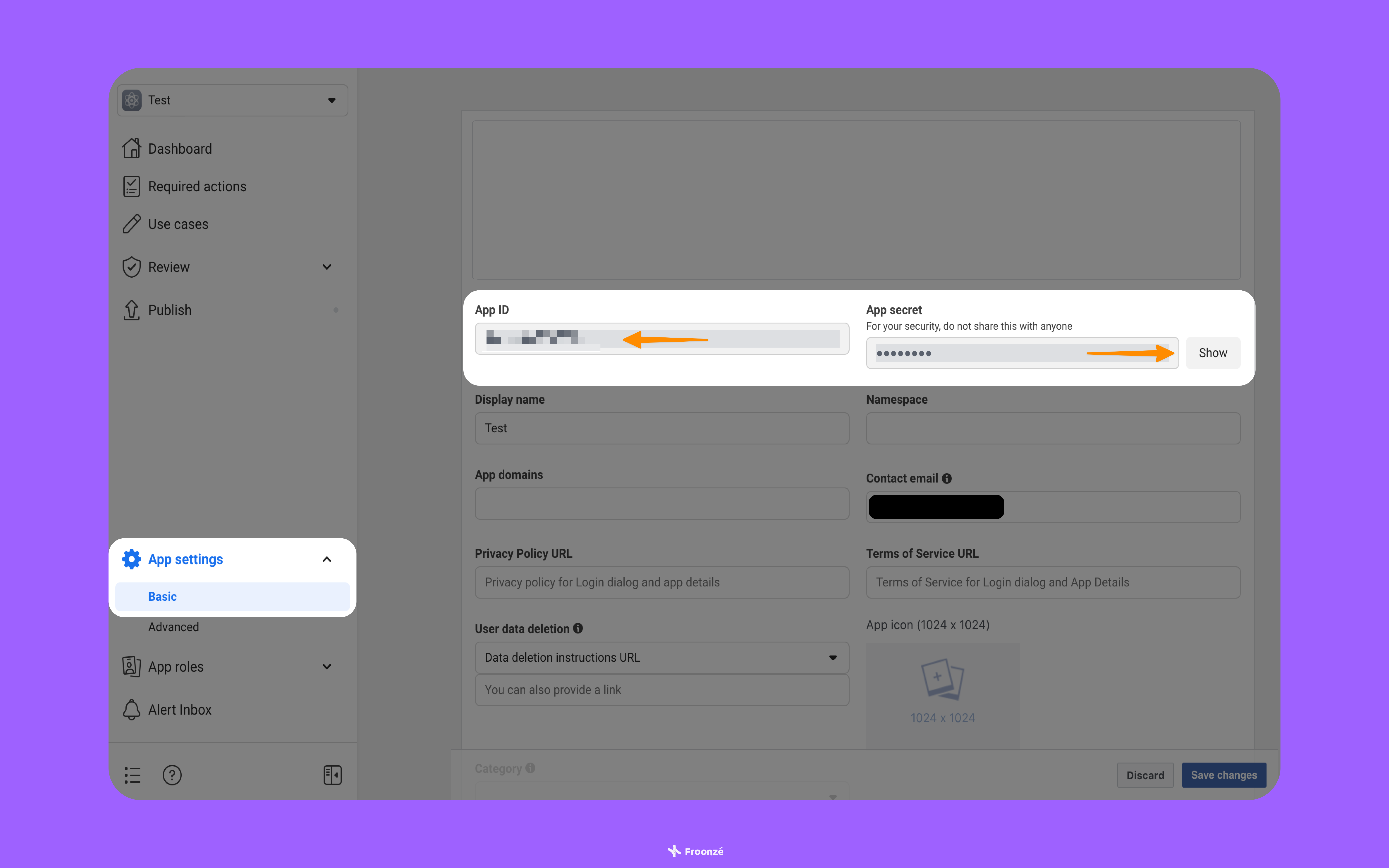
- Paste both into Shopify under Facebook Sign-in and click Save.
You’re all set — Facebook Sign-in is active!
Pros and cons of social login
Why it’s worth enabling:
- One less password for customers to manage.
- Faster checkout, fewer abandoned carts.
- Feels modern, especially on mobile.
What to keep in mind:
- You’re reliant on third-party providers (if Google or Meta change APIs, you’ll need to update).
- Not every shopper wants to tie personal accounts to a store.
- Initial setup takes a little technical work.
FAQs we hear a lot
Can I use both Google and Facebook at once?
Yes — and most stores do.
What about Apple ID?
Right now, Shopify’s built-in options are Google and Facebook only.
Does this replace email login?
No. Social login is an extra option. Customers can still log in with the code Shopify emails them.
What if I’m still on Legacy Accounts?
Social login for legacy accounts has historically been powered by apps. The new native features are exclusive to New Customer Accounts.
Where Froonze comes in
Social login makes it easier for customers to sign in — but once they’re in, how do you keep them coming back? That’s where Froonze comes in. We’ve built the most user-friendly New Customer Accounts widgets for our Loyalty and Wishlist plugins.
👉 Check them out in our live demo store.
With Froonze, you get:
- Loyalty programs with points or native Shopify store credit.
- VIP tiers and referrals to drive repeat purchases.
- Wishlist buttons on product cards, PDPs, and even a floating launcher.
- Seamless integration into the New Account page.
👉 Check out Froonze on the Shopify App Store
Wrap-up
In 2023, Shopify gave us New Customer Accounts. In 2025, they filled the missing gap with native Google and Facebook sign-in.
Set it up once, test it carefully, and you’ll give customers a smoother, more modern way to log in — while keeping the fallback of email login. And when you’re ready to go beyond just logins, layer in Froonze Loyalty & Wishlist to build retention and repeat sales.

Froonze Loyalty & Wishlist

